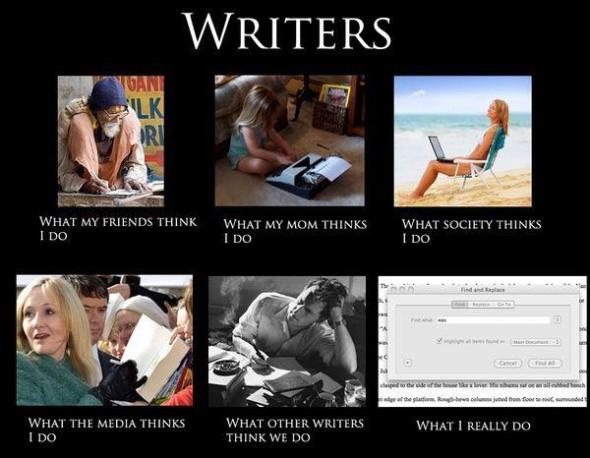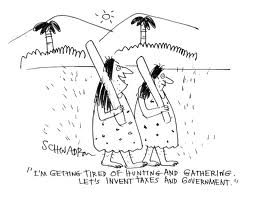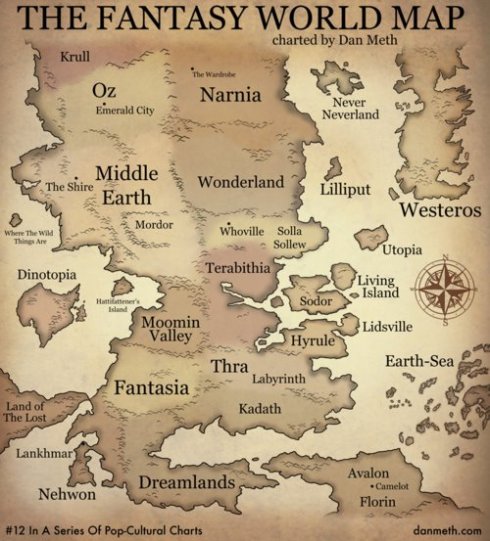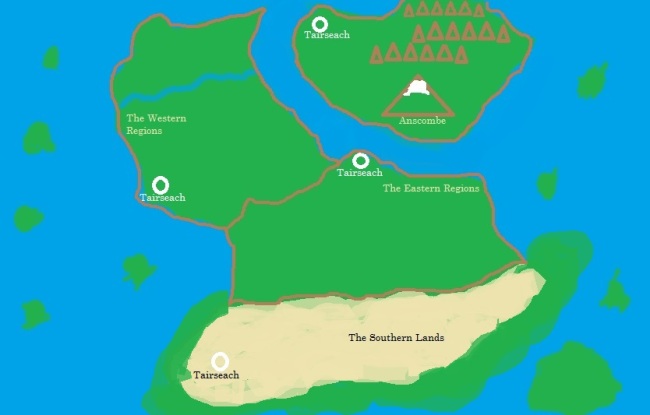What I Learned from JK Rowling
J.K. Rowling continues to amaze me as a writer. When I first read her revelation that maybe Hermione should have ended up with Harry instead of Ron, I was upset. As a huge fan of the books, I felt like two of my favorite relationships were unraveling.
Ginny Weasley is perhaps one of my favorite characters in the series, alongside Neville Longbottom. We watch her go from silly little starstruck girl getting herself into trouble to a strong and powerful young woman, and her growth is all about the subtle changes along the way. She’s always on the outside of the trio but still involved, even if just by watching. She’s clever, and proves that she doesn’t put up with crap. She turns out to be quite the match for Harry, and I loved watching Harry get smacked in the face by his own feelings for her in book six.
Ron and Hermione I called after watching the second movie and seeing the trio reunited after Hermione had been turned to stone. She hugs Harry without a second thought, but she and Ron hesitate awkwardly and then shake hands. And then the way he calls for her instead of Lavender in the hospital? Swoon! My only complaint with their relationship is that it unfolded too slowly and felt a bit unnatural for that reason. I always worried that they were going to miss their moment. Happily, they created their moment in the middle of a battle. But still. Love them together.
So, of course, when Rowling admitted that she put Ron and Hermione together for her own personal reasons and that they weren’t necessarily the best match for one another, my first instinct was to scream with with the other fans about how unfair it was for Rowling to try to change things now or tell her she was wrong.
But was she? Who knows the Harry Potter world and characters better than Rowling? No one. She is the god of that world, so she knows the characters hearts better than we do. And she knows her own heart as well. It is really easy for authors to get lost in their love for their characters and to create fan service that would please them and possibly them alone. J.K. Rowling is amazingly talented, and so fans were more than willing to go along on whatever ride she took them on in the Harry Potter universe, even if it was just her own personal wish fulfillment for the characters.
This got me thinking about whether or not I do that as a writer, and I realized the answer was yes. I am incredibly impatient with love stories. When I know two characters are going to end up together, I tend to slap them together instead of going for a slow burn, even if it is more natural. I ran into this with the second book of the Heirs of War series. Thankfully, I had this epiphany before I sent it off to the editor and managed to slow down a pairing that I had originally planned on putting together in that book. I realized that getting them together now is just what I want to see and not what it best for the characters at this point in their stories. This epiphany led me to really reevaluate a lot of my plot elements and ask myself if I was writing as a fangirl or an author, and it has led to a much better book with a tighter story. And that’s all thanks to J.K. Rowling, who continues to shine as an author we can all look up to and learn a lot from.
What do you think? Do you agree with Rowling’s revelation? Have you read other series and thought that the author was being too much of a fangirl?
~Mara Valderran


 1 – Inciting Incident
1 – Inciting Incident




